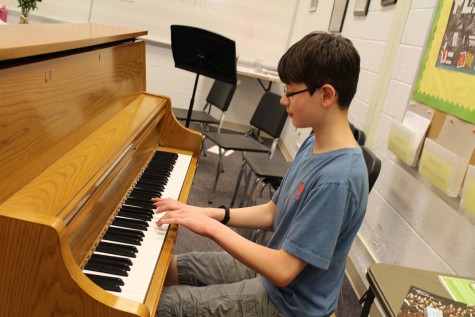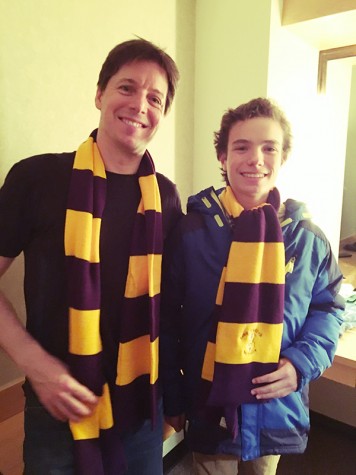How Your Bus Route and Stop are Decided
Do you know how your bus routes and stops are made in order to go to school at Lake Braddock? The FCPS Transportation Department uses a series of complicated systems to make sure that you, along with 30,000 students are safely transported to school.
If you have ever wondered why your bus routes or stops had changed, we have the answers.
One system that is unique only to FCPS is the bus stop rating system. It scales bus stops from zero, meaning poor, to three, meaning good.
The aspects that the transportation board look at to determine its rating is its proximity to busy roads, multiple streets to cross and any other obstacles that could be dangerous to the students.
Kim Green, the transportation supervisor of our area, explained how bus routes and stops are made.
“The students ‘show up’ in our mapping system”, Green said.
Shortly after, people who choose bus stops (called routers) handpick bus stops that are centrally located to a specific group of students.
They try to pick the stops that have a high rating, but at times may pick a stop with a lower rating, because it is the safest spot available.
Along with determining the location of bus stops, the transportation board also determines students’ routes from their home to the bus stop using the shortest route possible.
If a student has to cross a railroad crossing, a major highway, areas where big snow banks are present or other hazards on their way to school, a new bus stop may be created to cope with the student’s challenges going to the bus stop.
Sometimes, exceptions for making bus routes and stops are made in order to help kids with special needs.
Since there are over 2,000 bus stops created, developing routes without any technological help would be ineffective and challenging.
Green said that a specific software is used to determine the exact routes buses are going to travel on based on travel time, bus capacity, the maximum number of buses and number of students assigned to the stops and the school.
“I remember when my bus started to become too overcrowded and something needed to be done,” Aden Smith, a bus rider on bus 42 said.
“Later, our bus’ last stop was removed and assigned to another bus to help the problem.”
Green and the transportation board most likely used the route-calculating software to figure out what other buses could take on some extra stops to relieve the overcrowding on bus 42.
FCPS prioritizes bus stops and routes, because many students rely on buses to get them to school on time and safely.






